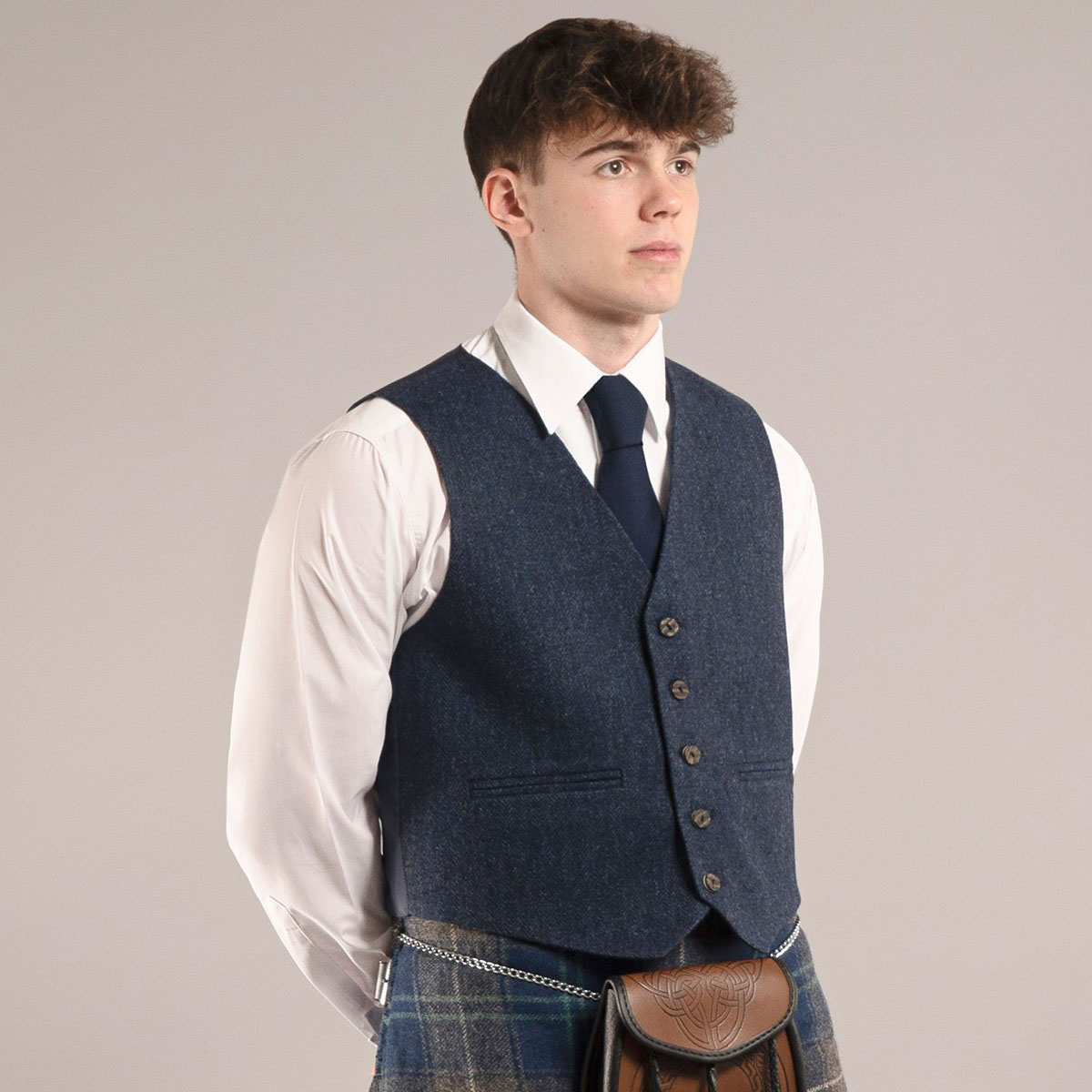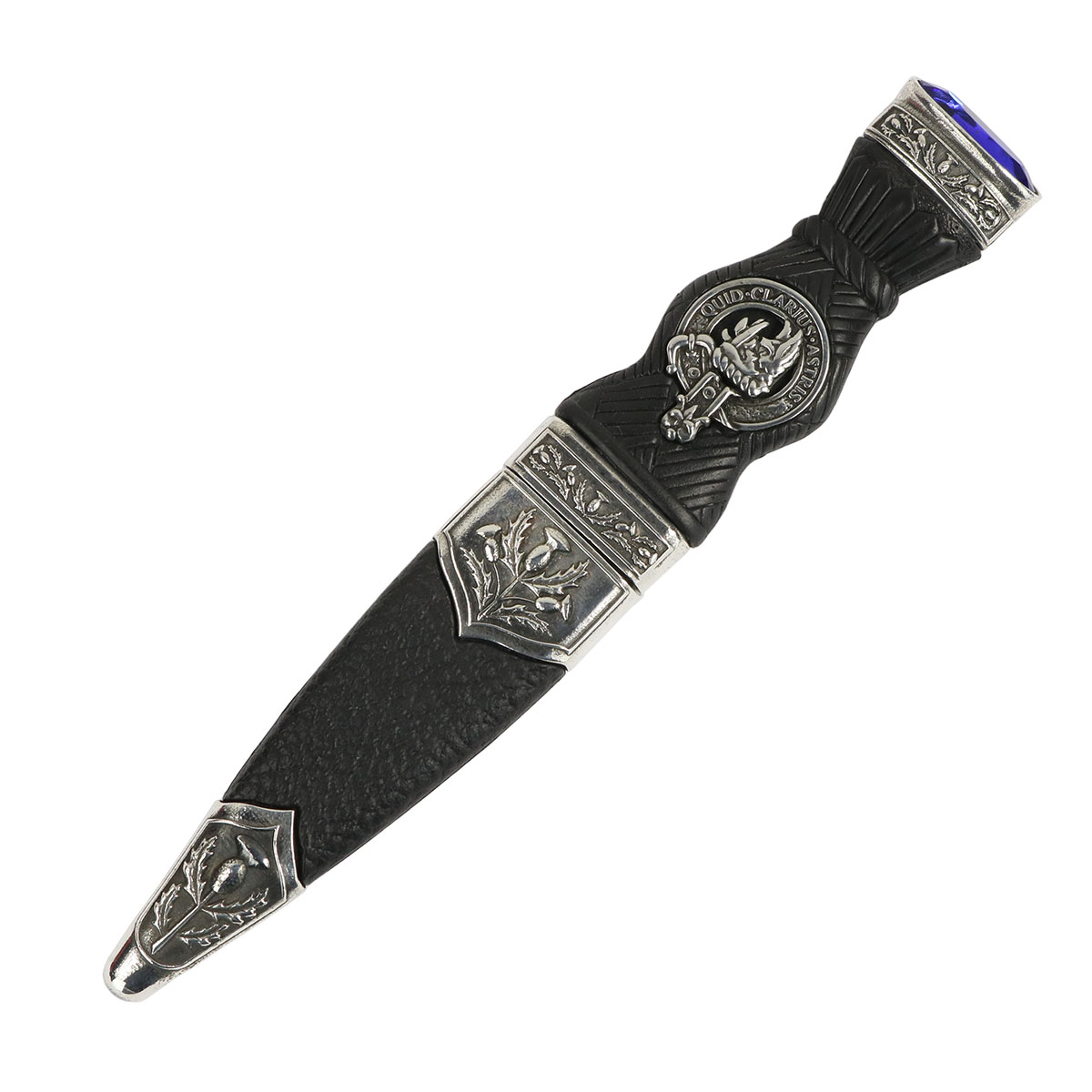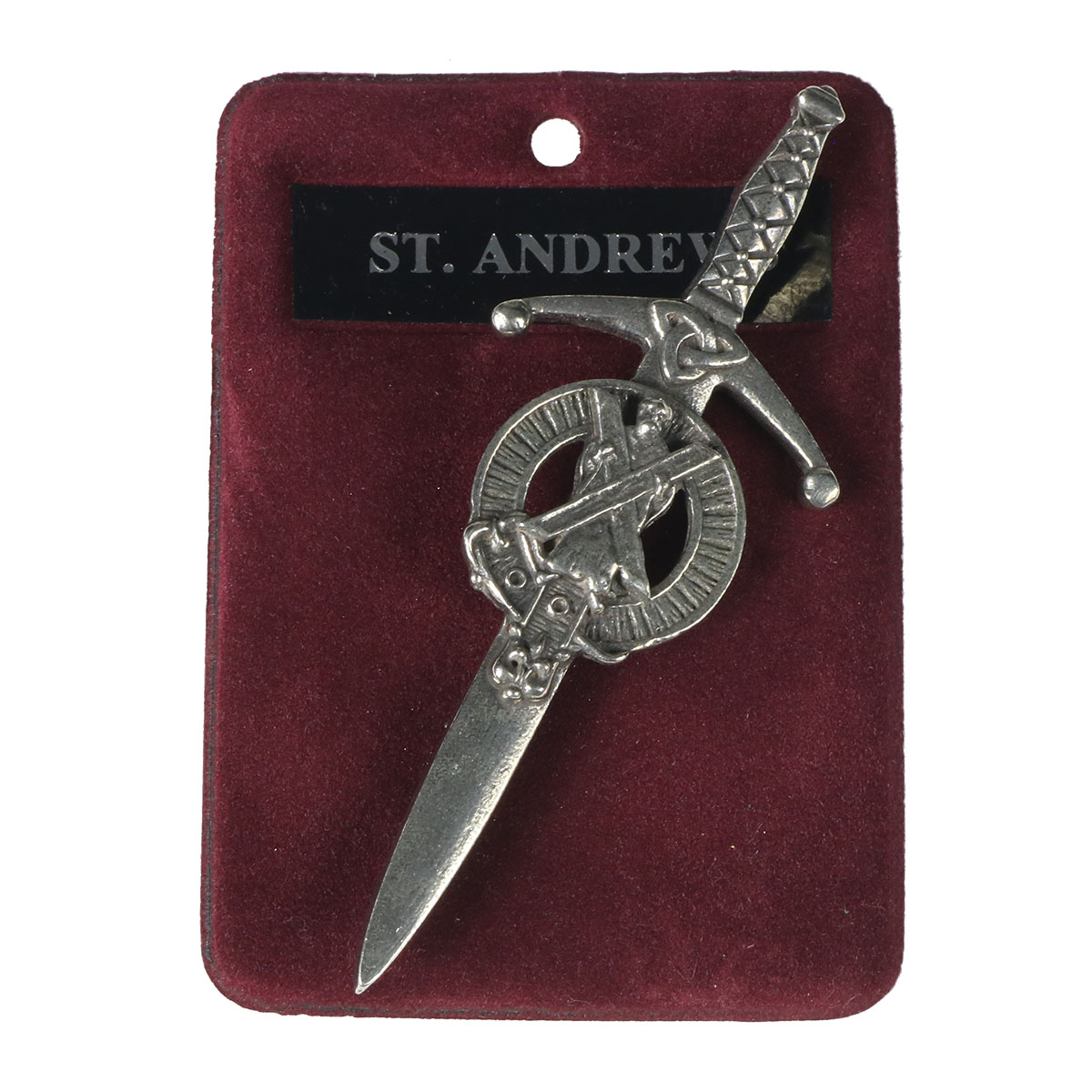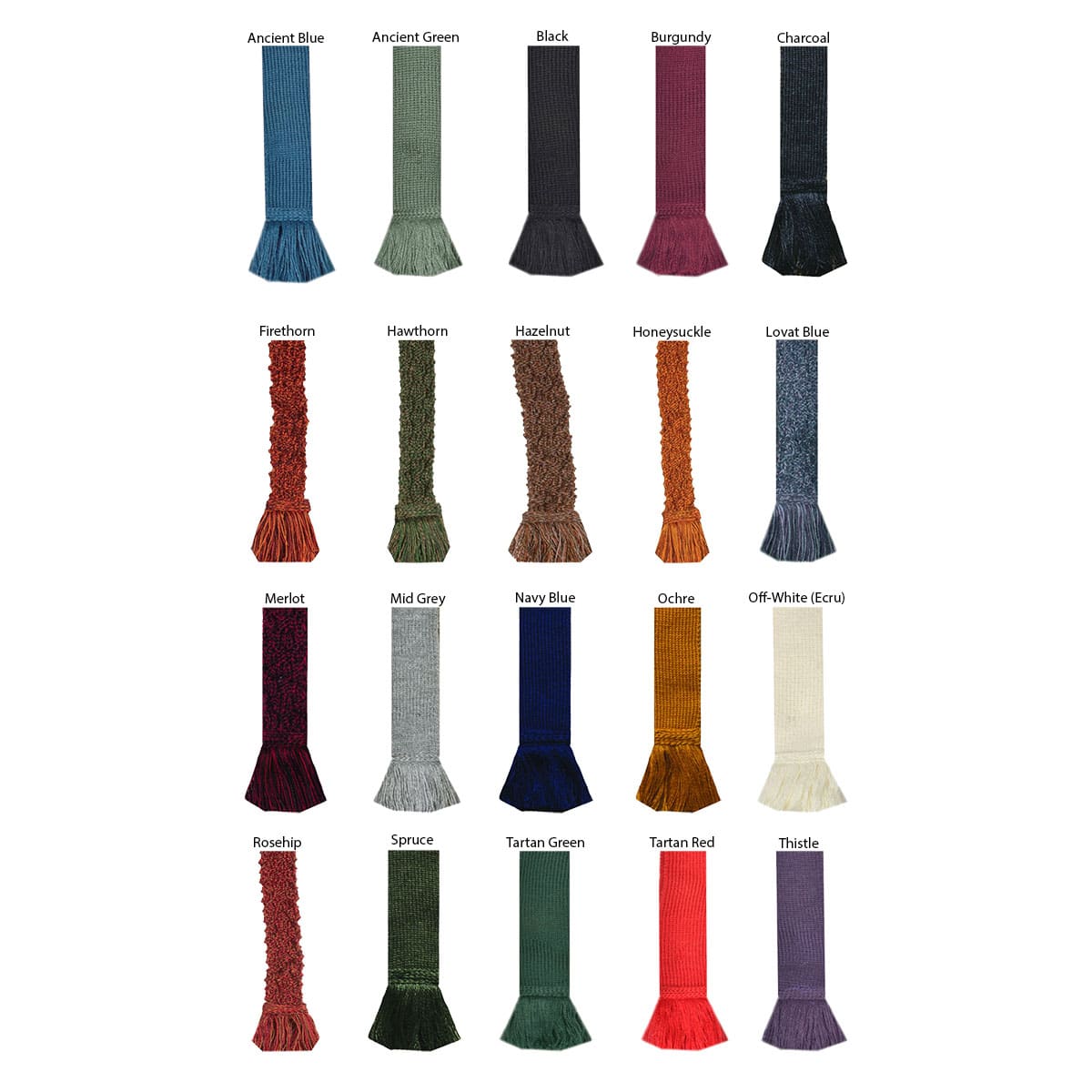Originally Published September 2001.
Author: Ceilidh Lerwick
Celtic Clothing Part 4
Introduction
The following is the last article in a series about Celtic clothing. The term “Celtic Clothing” is as broad a statement as “American Clothing” or any other culture for that matter. If you were to look at what you are wearing right now and then compare it to what a person in your situation would have worn 100 years ago or 500 years ago, the differences would most likely out number the similarities. There are also regional variations that can throw a wrench in the works as well (like how a Texas rancher would dress vs. a $500/hour NY City Attorney). Please keep in mind that is published in this newsletter is correct to the best of my knowledge. I try very hard to be accurate and true and to specify when it is my opinion and when it isn’t.
Scottish Clothing Myths
OK, this is my last tirade about Celtic clothing for a while. I promise.
There are three myths I’d like to dispel about Scottish clothing in particular: one is the correct yardage for a Great Kilt and the other is the correct tartan a person should wear and the last is who should wear a kilt at all.
Yardage
Let’s deal with the yardage first. I can’t tell you how many times I’ve had people go to buy their own cloth for a Great Kilt and want to buy 9 yards of fabric. I also can’t tell you how many people I’ve talked to who have bought that 9 yards and then had to cut off anywhere between 2 and 5 yards to make it wearable!
9 yards. 6 yards. 12 yards. 4 yards. Which is correct?
Like bread and the local baker, almost no one in medieval and renaissance times had the finances to own their own loom. So, in order to have any cloth made, people would have to come up with their own fiber, in this case wool, and then take it to the local weaver to be woven. The weaver would then turn it into cloth on his loom.
Wool looms of the time made cloth anywhere between 27 and 30 inches wide-we call this single width today–and it would usually come off the loom about 9 ells (or 9 yards) long and sometimes as much as 12 ells long.
A man going to use this cloth for a kilt would take the full length of cloth, but he would need it to be much wider than single width. In fact he would need it to be double width. So he would take his 9 yards of cloth, cut it in half to have two pieces, both single width, but half the length they started with (started with 28″ by 9 yards; now have 28″ by 4.5 yards and 28″ by 4.5 yards). Then he would take the two pieces and stitch them together to form one piece of cloth, half as long as he started and about twice as wide (started with 28″ by 9 yards; now has 56″ by 4.5 yards).
So, it is correct to say that a Great Kilt is made from 9 yards or 12 yards of material. But, that is SINGLE WIDTH fabric. Modern fabrics are almost always DOUBLE WIDTH! This means you need HALF as much. Please don’t go out and buy 9 yards of cloth (unless you are a REALLY big guy!). If you do this you may not even be able to stand up-not to mention the COST involved in buying this much fabric!
Width
There is also an added misconception that a Great Kilt has to be 60″ wide or it is not “authentic”. Remember, weavers made cloth anywhere from 27 to 30 inches, and 30 inch wide cloth was often the exception and not the rule. This means that, after putting two halves together, you would have LESS than 60″ of cloth. And, you must not forget the seam allowance. To have a strong seam to join the two sides you would need at least ½” from each side, subtracting at least 1 full inch from the total width. This means that it would be entirely possible to have a kilt that is only 53″ wide (27″ plus 27″ minus 1″ for a seam).
Purchase your tartan for your kilt:
https://www.kilts-n-stuff.com/tartan/
Who Should Wear a Kilt?
And lastly, who should wear a kilt. Today, pretty much anybody can and does wear a kilt. There really is nothing wrong with this, but there are a few things you may want to keep in mind:
1 – For reenactment purposes or being “authentic”. The kilt was a man’s garment -not a woman’s. Women had their own similar, but different items to wear.
2 – For modern purposes. The kilt is still generally considered a man’s garment but a woman in a pipe band will wear one for uniform purposes. Dancers also wear a kilt; although the dancer’s kilts are usually made slightly differently and more “feminine” tartans are usually used.
3 – For reenactment purposes or being “authentic”. The kilt was originally worn only by the Highlanders. Lowlanders and Islanders did not wear kilts. There probably was some overlap in these areas, but in general, wearing kilts in the Highlands and Lowlands is purely a post “Sir Walter Scott” concept.
4 – For modern purposes. Having your own tartan and wearing a kilt is often a point of pride. Wearing a kilt in any tartan and especially YOUR OWN tartan is something to be desired by many people. (And it is kind of “neat”.)
5 – For reenactment purposes or being “authentic”. Nothing is worn under a kilt. Often not even a shirt and often no shoes or socks either. Definitely no underwear.
6 – For modern purposes. Just think support and then think wind. Never mind that. Just think curious little children. Just don’t let, what ever you choose to wear, peak out from underneath. You are supposed to look like you aren’t wearing anything, even if you are.




